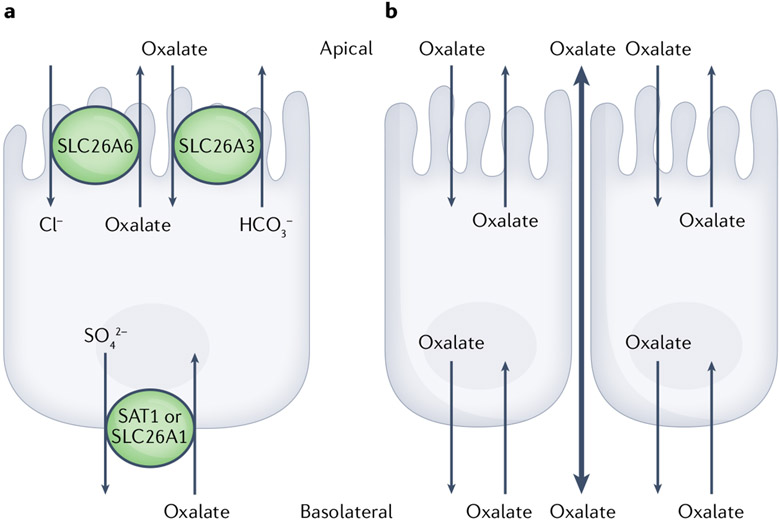Fig. 3 ∣. Oxalate transport across intestinal epithelium.
Oxalate absorption and secretion across the intestinal epithelium occur via transcellular (through cells) and paracellular (between cells) mechanisms. Transcellular oxalate absorption and secretion involve transporters found on the apical (lumen of intestine) and basolateral (circulation) sides of the intestinal epithelial layer. For absorption, dietary oxalate enters intestinal epithelial cells on the apical side via SLC26A3 and exits into the circulation via a transport mechanism that remains to be elucidated, but might include SLC26A3. Secretion of oxalate from the circulation back into the lumen of the intestine occurs via SLC26A1 on the basolateral side and SLC26A6 on the apical side of the membrane. Paracellular transport of oxalate is passive and occurs through the tight junctions of the cells on the basolateral side via SLC26A3 and SLC26A6.

